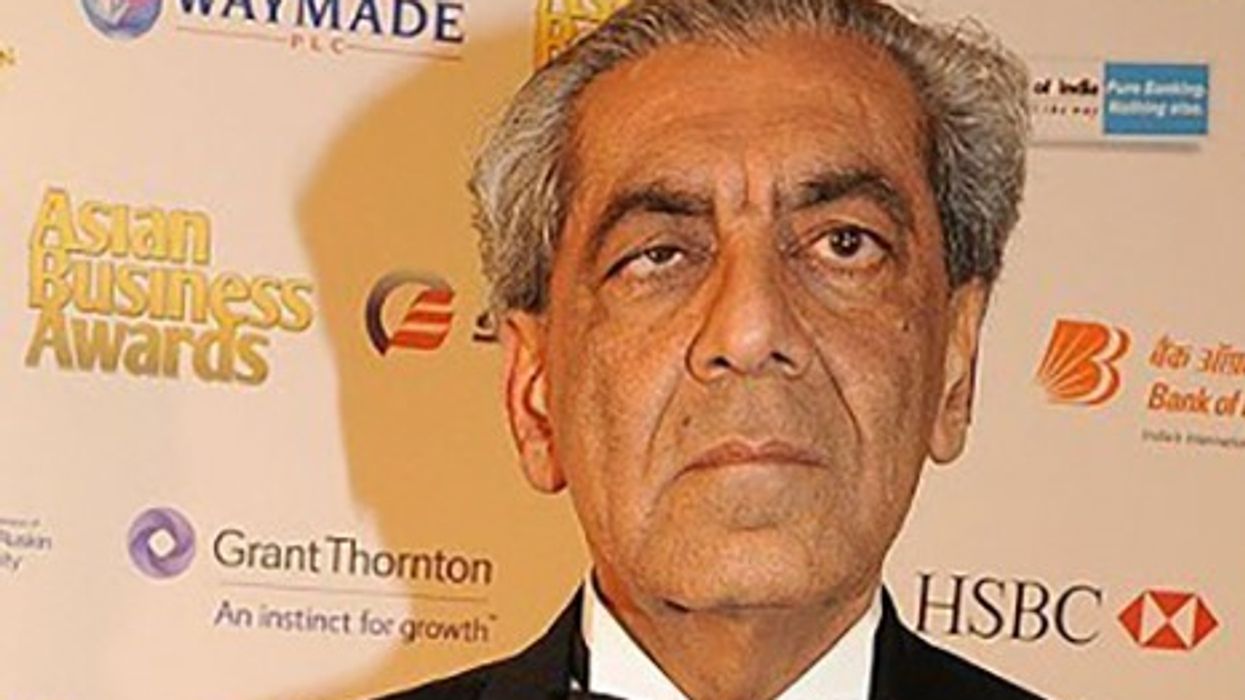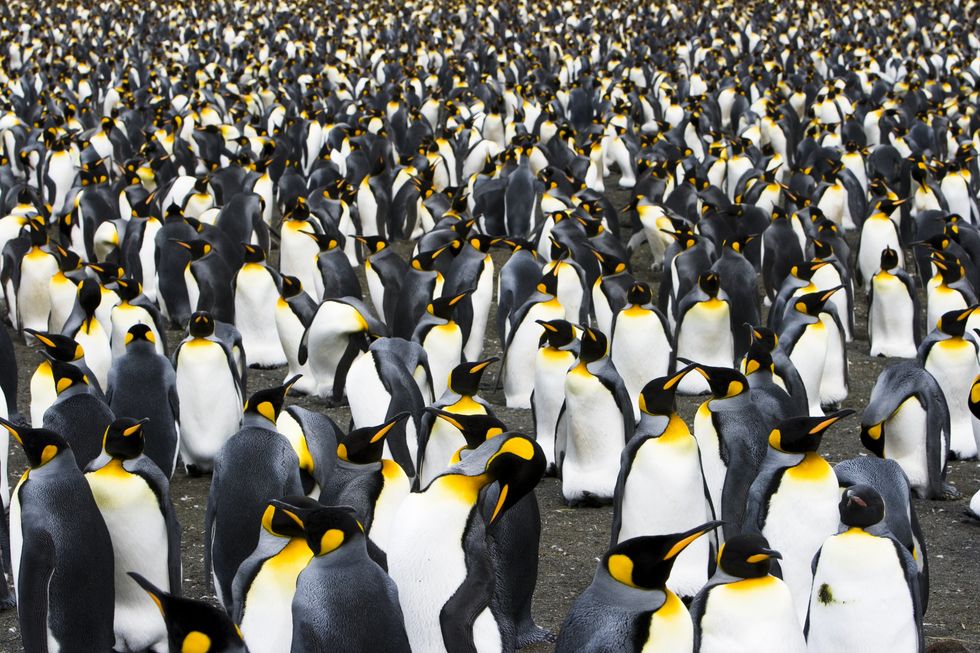by ASJAD NAZIR
CANADA-BORN Sundeep Morrison was brought up in a Punjabi Sikh family and formed a connection to stories through her maternal grandmother.
This not only instilled a love for Indian heritage and Punjabi culture, but also led to her becoming a storyteller in own right.
She was inspired to write her one-woman show RAG HEAD, which explores Sikhs in America, and her feminist debut novel Lady Bitch Whore. The writer and performer also hosts a popular global radio show.
Eastern Eye caught up with Los Angeles-based Sundeep Morrison to talk about writing and her creative journey.
What connected you to writing?
My maternal grandmother would always share stories with me about her life back in Punjab. She was the first person who encouraged me to write.
Which of your works have given you the greatest satisfaction?
I am touring my one-woman show RAG HEAD, which is a deeply personal piece about Sikhs in post 9-11 America. I hope to bring it to the UK.
How much of your creative work is based on your experiences?
All my work is inspired by my experiences as a child of Punjabi Sikh immigrants. My solo show RAG HEAD is inspired by parents and based on actual events. On August 5, 2012, a white supremacist entered a Gurdwara in Oak Creek, Wisconsin, and murdered six people; my parents are members of that Gurdwara. Since 9/11, there has been an alarming increase in hate crimes that are committed against Sikhs, Muslims and other immigrant communities.
Tell us more?
There are roughly 500,000 Sikhs in the US, many of whom have been subjected to xenophobic harassment or violence and yet more than 70 per cent of Americans don’t know about Sikhs. Set in a small American town, I play seven characters, and each of the narratives address hate, hope and the American identity.
Do you have a writing process?
I write every day. Having a structured schedule helps me stay motivated. I begin with brainstorming and know that the story will go through many permutations before the final edit.
Where do you draw your inspiration from today?
I’m constantly inspired by fellow artists. I recently attended a performance in LA of To T Or Not To T? It’s a powerful and moving solo show written and performedby queer trans, Tamil-Sri Lankan American actor and comedian D’Lo. There are so many talented POC/LGBTQIA artists who are creating thought-provoking art.
What can we expect next?
I am working on my first feature length film project.
How has writing helped you?
Writing is a cathartic process for me and helps me to confront taboos and tackle fears.
The best writing advice you got?
Write what you know.
Who is your writing hero?
Toni Morrison. Her stories speak of the human condition in a beautiful, raw and haunting way.
What’s your favourite book?
The Bluest Eye by Toni Morrison. She paints a vivid picture about the effects of racism.
Why do you love being a writer?
I can explore, heal and confront the deepest parts of myself through my writing.
Instagram: @SundeepMorrison and www.rukusavenueradio.com















 Penguins inhabit a wide range of environments across the Southern HemisphereiStock
Penguins inhabit a wide range of environments across the Southern HemisphereiStock Penguins have evolved to use their flippers to propel themselves through the water iStock
Penguins have evolved to use their flippers to propel themselves through the water iStock Penguins have developed remarkable adaptations to survive the extreme coldiStock
Penguins have developed remarkable adaptations to survive the extreme coldiStock One of the most striking aspects of penguin behaviouriStock
One of the most striking aspects of penguin behaviouriStock Early penguins were quite different from the flightless birds we see todayiStock
Early penguins were quite different from the flightless birds we see todayiStock

 There’s deep healing in the communityiStock
There’s deep healing in the communityiStock
